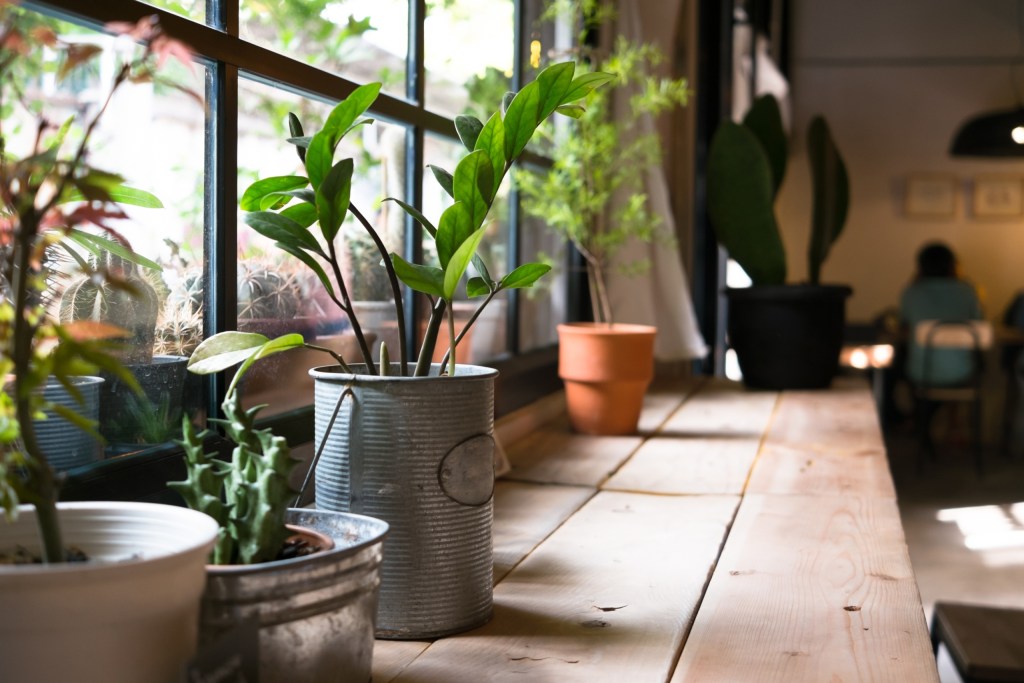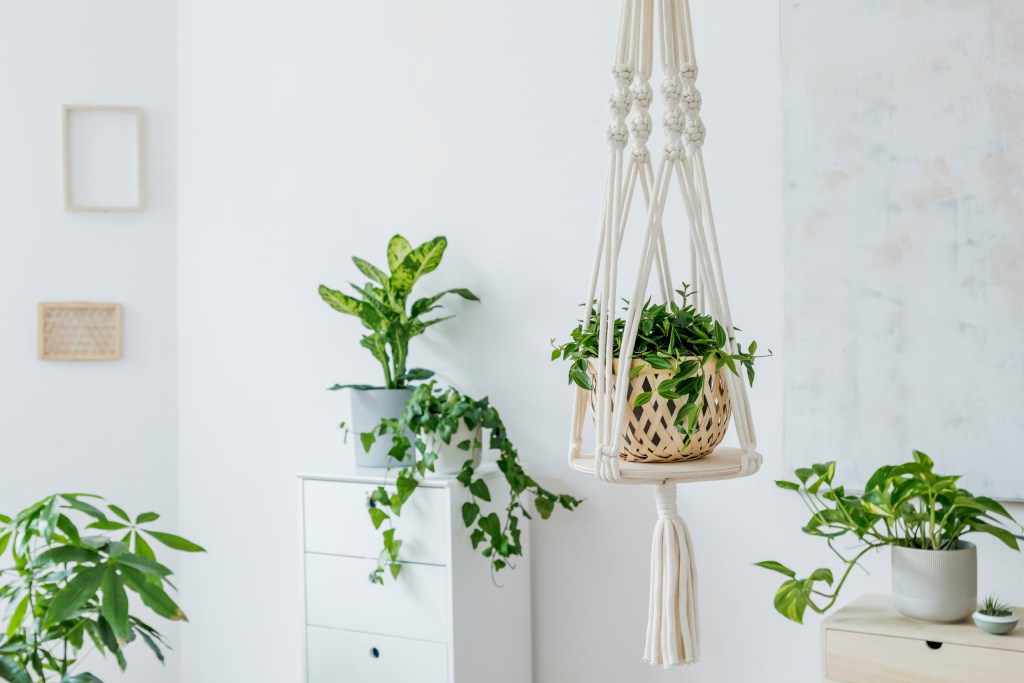When the weather turns cold, the lusciously green landscape transforms into frosty, barren branches. While soft winter snow can be incredibly beautiful, it’s still nice to have greenery around. With indoor plants, you can have the best of both worlds, enjoying the crisp bite of the winter air as well as the luscious, leafy plants of spring and summertime.
Exercising your green thumb can benefit your health too — these plants can improve air quality, reduce stress, and boost your productivity and mood. In order to reap these benefits, you must first select the right indoor plants for the winter. These are our favorite low-maintenance options that can withstand the dark and cold winters so you can enjoy their beauty all season long.

What qualities make the best indoor winter plants?
In the winter, your home can be drafty in some areas and toasty in others, and the air tends to be much dryer than it is in the summer since the humidity levels are generally lower. Therefore, your indoor plant must be able to withstand this type of variability. Most of all, sunlight hours are shorter during the winter and there are more overcast days, so pick plants that can thrive in shadier conditions.
Low-maintenance indoor plants are ideal for winter months since they’re often the most durable. They don’t require frequent watering, don’t need a ton of direct sunlight, and remain lush and green even when they’re neglected.

6 indoor plants that are easy to take care of
Snake Plant
This popular indoor plant has a striking appearance with thick, sword-like, upright leaves. This plant is so popular largely because it’s low-care and doesn’t require much maintenance, even in the winter. It can survive in low-light conditions and only needs water once every dozen days or so.
Spider Plant
Getting its name from the arachnid leg-like shape of its leaves, the spider plant draws the eye with its voluminous, skinny leaves. The plant looks gorgeous in a hanging basket or upon a mantel since its leaves droop down. While it likes bright light, it can survive low-light conditions, and it tends to retain moisture well so it won’t wilt or dry up after a few missed watering sessions. Best of all, the spider plant produces what many call “babies.” New plants develop on the plant’s runners which you can remove or repot once they develop roots.
Succulents
Popular on windowsills and office desks, succulents are sturdy plants that retain water so well that infrequent watering is actually preferred. In fact, watering them more than a couple of times a month can lead to plant rot. Succulents also love bright light, so they enjoy being on the windowsill as much as you enjoy putting them there.
Aloe Vera
Though it’s technically a type of succulent, aloe vera has some great health benefits that other succulents don’t. You can cut off its spikey leaves, cut them open, and use the gel inside as a topical treatment for burns and scrapes. Super low-maintenance, you rarely need to water this plant, and it likes bright but indirect sunlight, so it grows well in any room with natural light.
Chinese Evergreen
The lush Chinese evergreen is one tough cookie and can last up to a decade in your home. It prefers to dry out for a few days between watering sessions, so a forgetful mind is actually a good thing for this resilient plant. While it requires some light throughout the winter, it’s totally fine with shadier areas and will thrive just about anywhere in your home.
ZZ Plant
This unique-looking plant is adored for its spikey leaves and trendy appearance. Not only is it aesthetically pleasing, but it’s one of the most durable ones on this list. It can survive bright light, low light, or even no light for a while, and it will remain just as lush and sturdy as ever. As long as the roots don’t stay wet for too long and start to rot, this attractive plant will thrive in any home.
Resilient indoor plants are perfect additions to your home, especially in the winter when you miss the lush greenery of the summer months. They don’t require bright or direct sunlight, the dry air won’t weaken them, and they don’t need to be watered all that often. With one or all of the low-maintenance plants on our list, you can bring a touch of nature into your home to brighten up the dark and chilly winter days.
Editors' Recommendations
- 6 kinds of perennials that bloom in the summer for a gorgeous garden all season
- A polka dot plant adds color and life to your home – here’s how to care for it
- How to propagate lucky bamboo in 5 easy steps so you don’t have to buy it
- The best hanging indoor plants for your living room to give you a relaxing vibe
- The best spider repellents so you can keep your home pest-free




